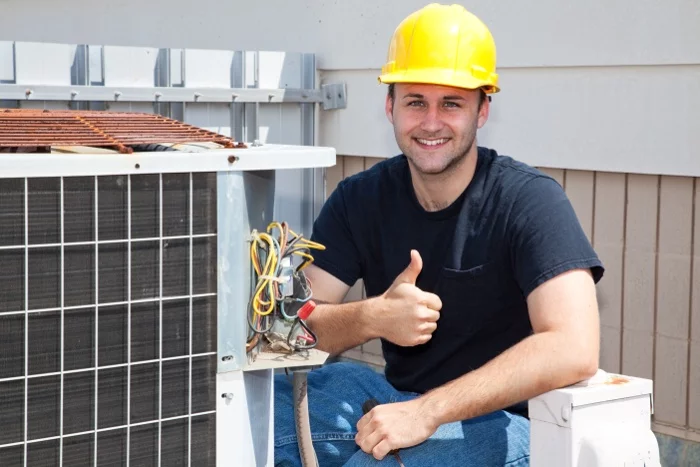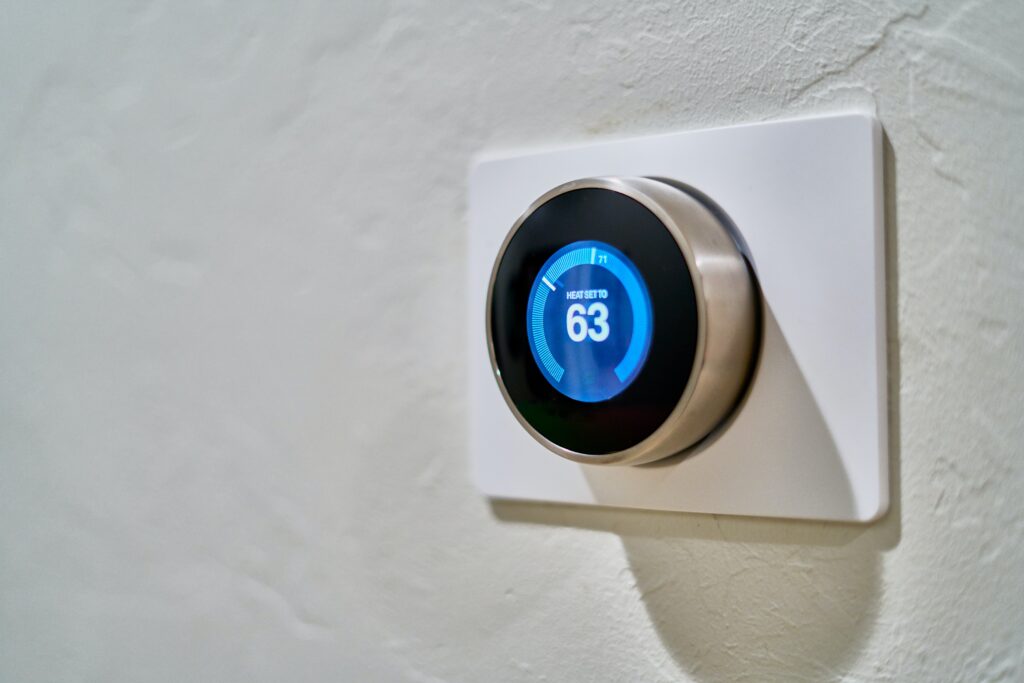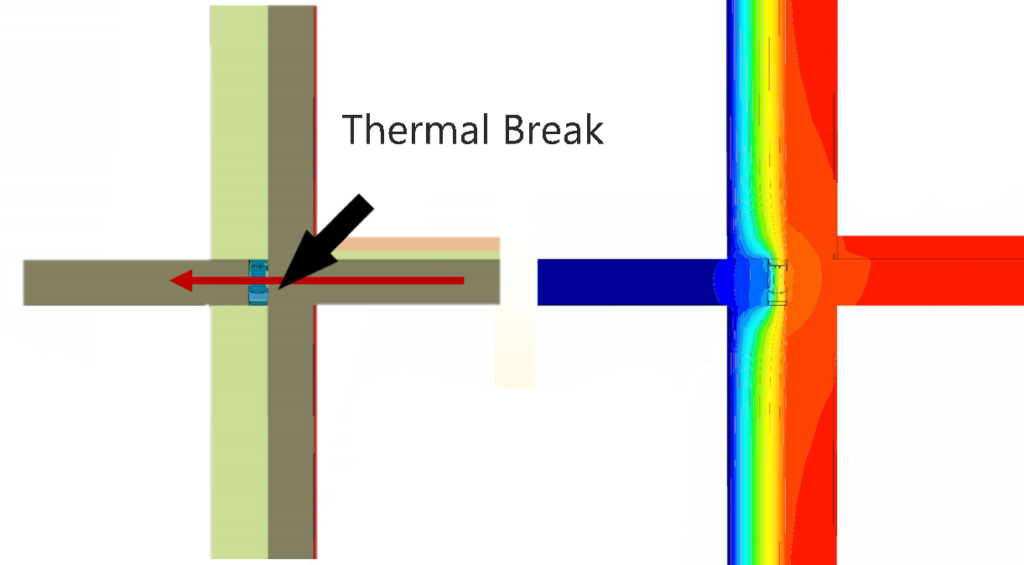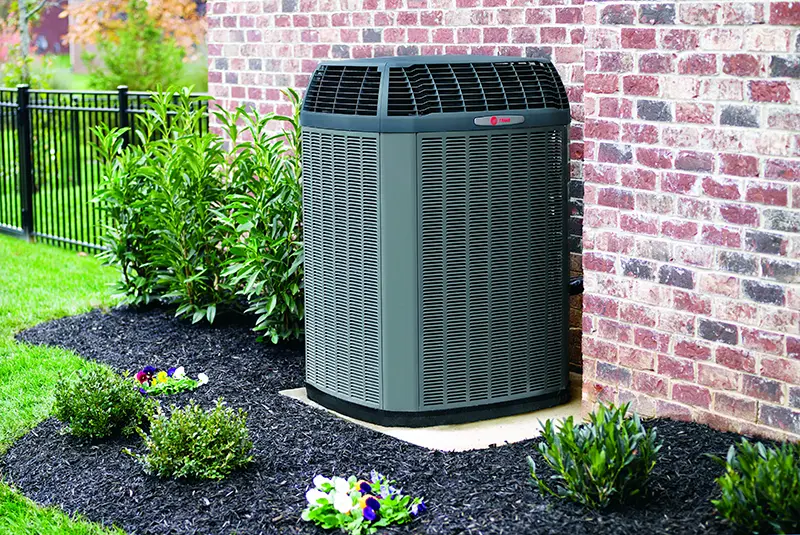No Cooling From Air Conditioner Vents? Fix Not Cooling AC Issues
Is your air conditioner not cooling and blowing warm air instead of cool air? You’re not alone. Many people face this problem. Let’s dive into common reasons your AC might not be cooling and how you can fix them.
No Cooling? Here 9 Common Issues For AC That Is Not Cooling Your Home or Office
1. Dirty Air Filters
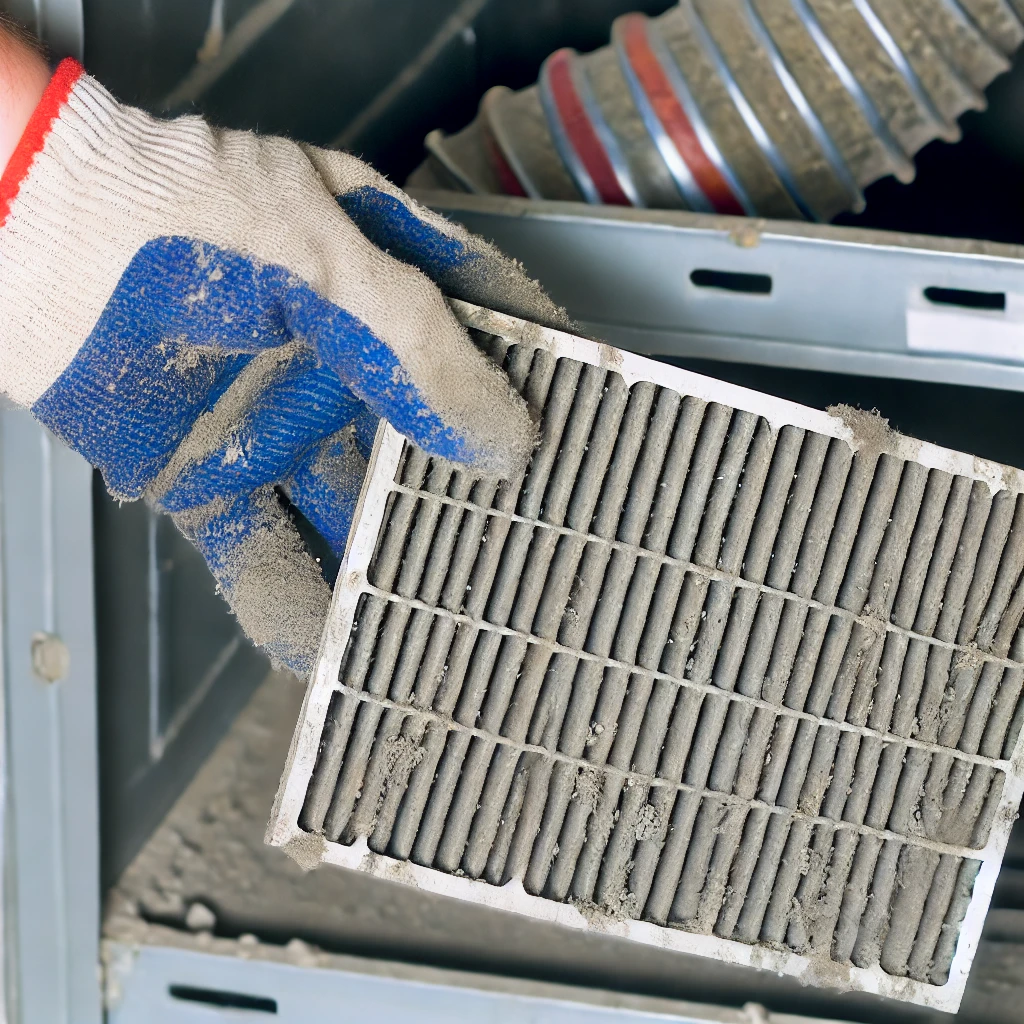
One of the simplest yet most common causes of a malfunctioning AC is a dirty air filter. When filters get clogged, they restrict airflow, reducing the system’s efficiency.
How to Fix It:
- Check your filters monthly.
- Replace them every 1-3 months, depending on usage and the type of filter.
2. Thermostat Issues
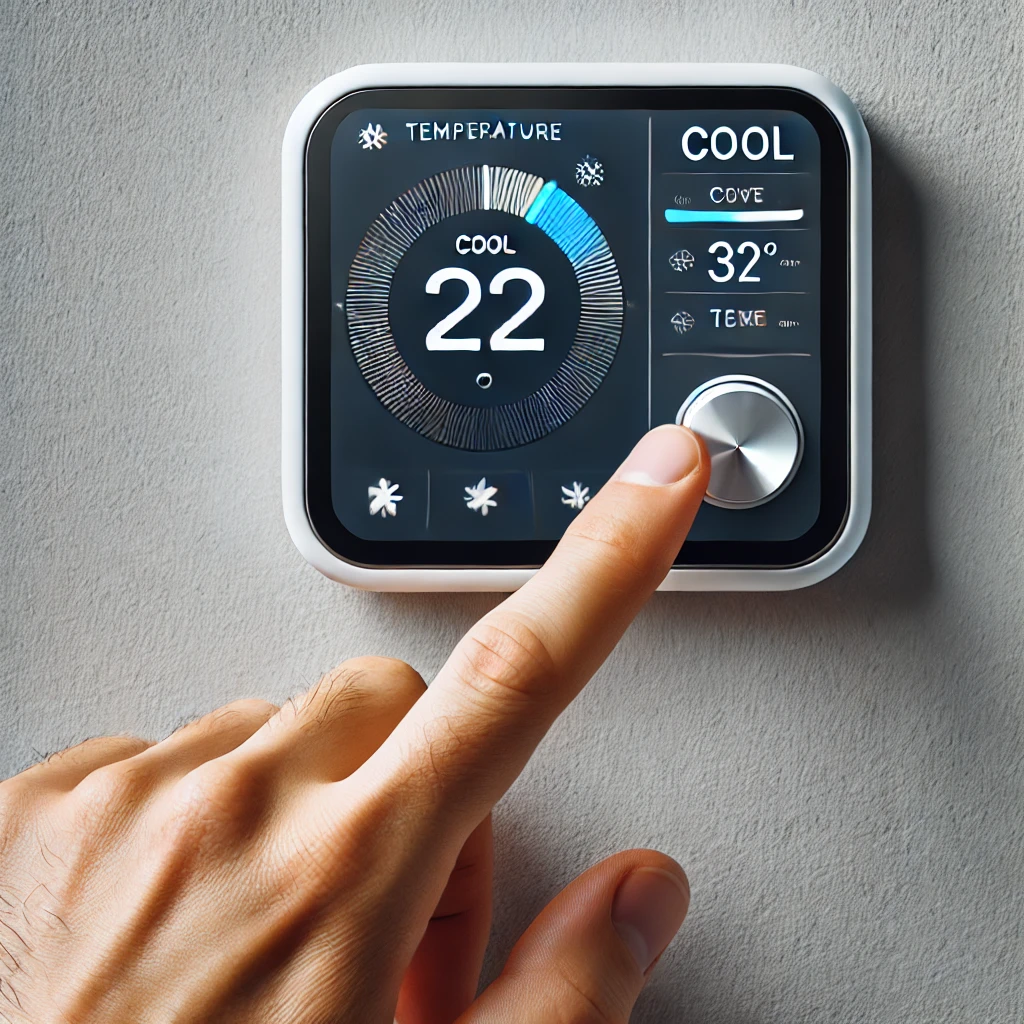
Your thermostat is the brain of your AC system. If it’s not set correctly or is malfunctioning, it can lead to cooling issues.
Questions to Ask:
- Is the thermostat set to “cool”?
- Is the temperature set lower than the current room temperature?
Quick Fix:
- Replace old batteries.
- Check the settings and adjust as needed.
3. Refrigerant Leaks
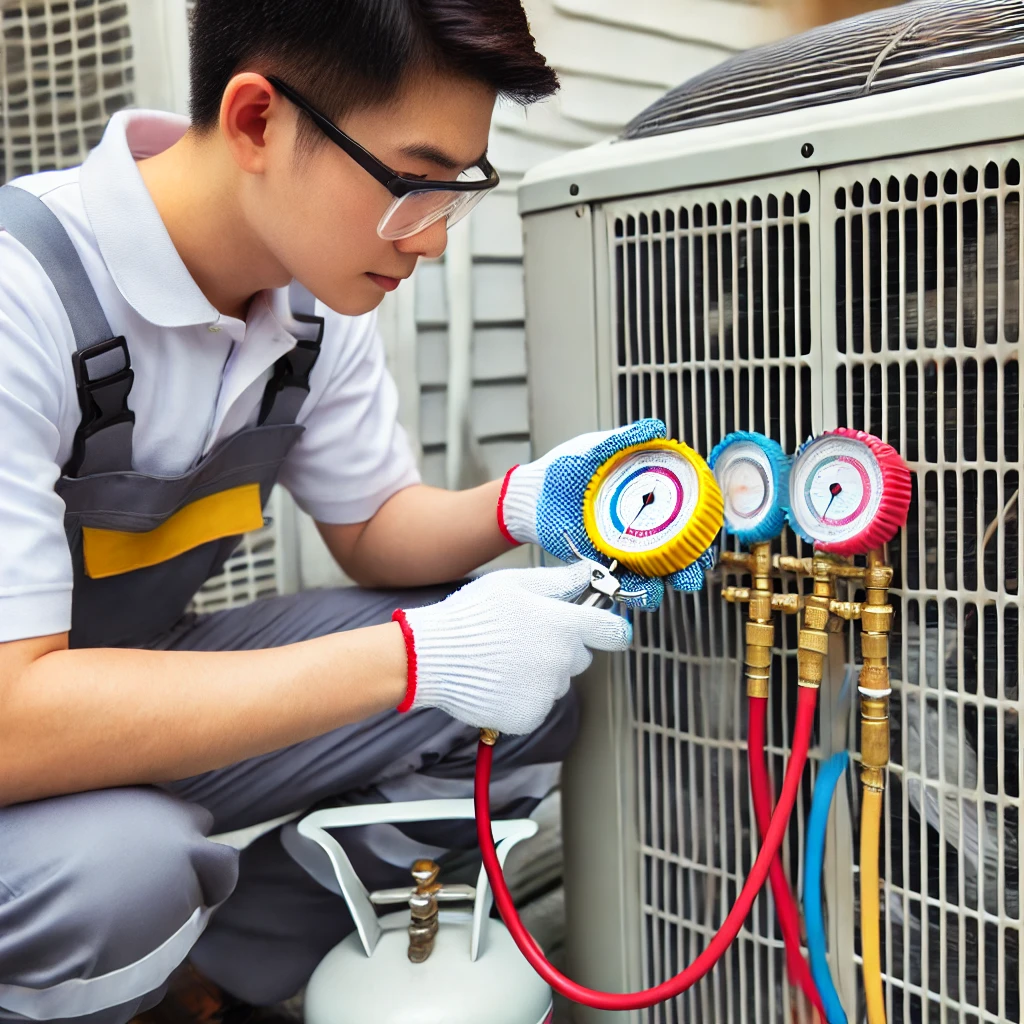
Refrigerant is crucial for cooling your home. Low refrigerant levels usually indicate a leak, which can severely impact your AC’s performance.
Signs of a Leak:
- Hissing sounds from the unit.
- Ice buildup on the refrigerant line.
- AC not cooling even after running for a long time.
Solution:
- Contact a professional to locate and fix the leak.
- Recharge the refrigerant.
4. Blocked Condenser Unit
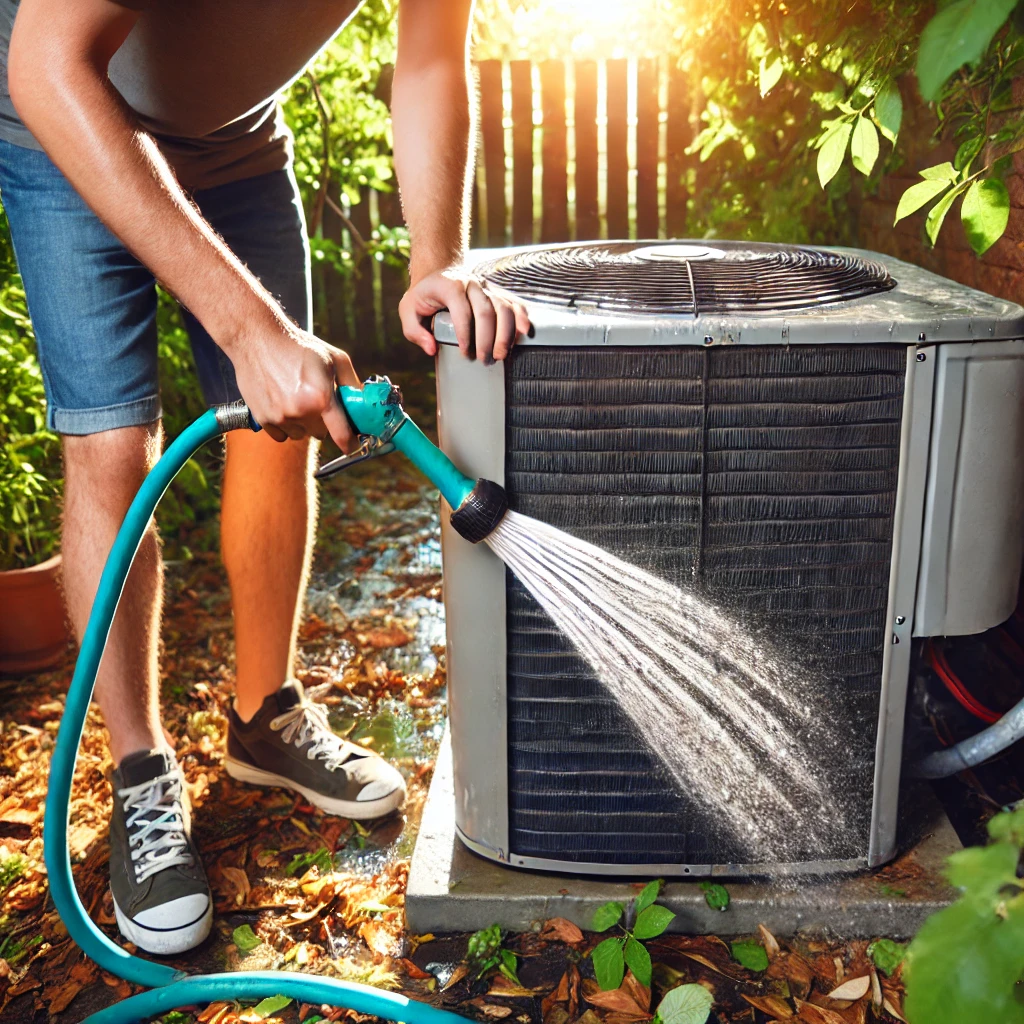
The condenser unit, typically located outside, can get blocked by dirt, leaves, or other debris, which hampers the cooling process.
DIY Maintenance Tips:
- Clear any visible debris around the unit.
- Gently clean the condenser fins with a garden hose.
5. Electrical Issues

Faulty wiring or electrical components can cause your AC to stop cooling. This could be due to wear and tear or even a power surge.
What to Check:
- Inspect the wiring for visible damage.
- Ensure circuit breakers and fuses are functioning.
When to Call a Pro:
- If you notice burnt or frayed wires.
- If your AC frequently trips the circuit breaker.
6. Frozen Evaporator Coils

Evaporator coils absorb heat from your home. If they freeze, the cooling process stops.
Possible Causes:
- Insufficient airflow due to dirty filters.
- Low refrigerant levels.
- Faulty blower fan.
Thawing Tips:
- Turn off the AC and let the coils thaw.
- Address the underlying cause to prevent future freezes.
7. Ductwork Problems

Leaky or poorly insulated ducts can cause cool air to escape, leading to uneven cooling or no cooling at all.
How to Detect:
- Check for visible holes or tears in the ductwork.
- Feel for air leaks while the AC is running.
Fixes:
- Seal leaks with duct tape or mastic sealant.
- Insulate exposed ductwork.
8. Clogged Drain Line

A clogged drain line can cause water to back up and interfere with the AC’s operation.
Symptoms:
- Water pooling around the indoor unit.
- Moldy or musty smells.
Cleaning Steps:
- Use a wet/dry vacuum to clear the blockage.
- Regularly pour a mixture of bleach and water down the drain to prevent clogs.
9. Compressor Issues

The compressor is the heart of your AC system. If it fails, your AC won’t cool properly.
Warning Signs:
- Strange noises from the outdoor unit.
- Warm air coming from vents.
Professional Help Needed:
- Diagnosing and fixing compressor issues often require a professional technician.
Get Your AC Cooling Again When It Is Not Cooling
Keeping your air conditioner in top shape requires regular maintenance and prompt attention to any issues. By addressing these common problems, you can ensure your home stays cool and comfortable all summer long. If you are in the Tempe/Phoenix Arizona area and you need services for your air conditioner is not cooling give us a call today.
Remember, while some fixes can be done yourself, others will need professional expertise. Don’t hesitate to call a pro to keep your AC running smoothly.




